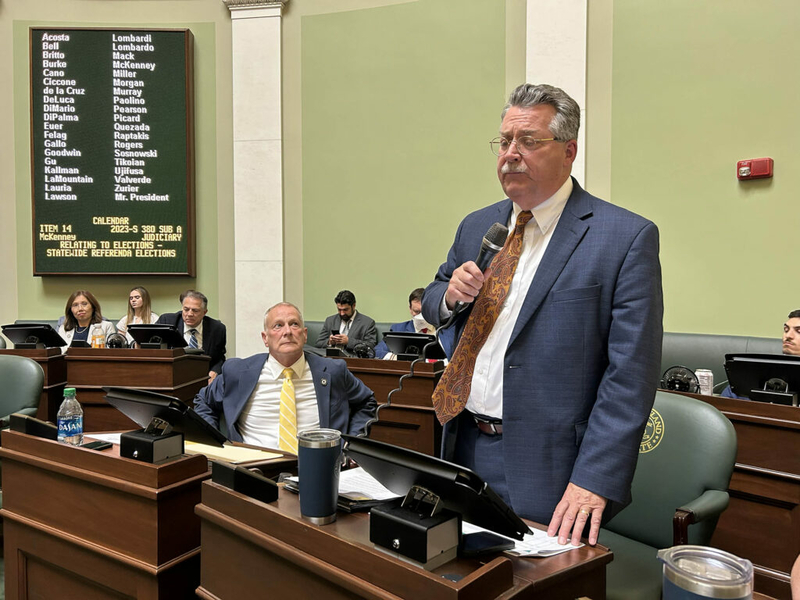R.I. Senate passes shoreline access bill

After decades of debate, each chamber of the Rhode Island General Assembly has finally reached agreement on defining public shoreline access.
The only problem? The two bills don’t agree with each other.
The Rhode Island Senate on Thursday approved a bill sponsored by Sen. Mark McKenney, a Warwick Democrat delineating the public access line 10 feet landward from the seaweed, or wrack line. The 31-3 vote in the Senate came quickly after a handful of lawmakers spoke to express support.
Two months earlier, the House of Representatives passed its own shoreline access bill, setting the line 4 feet closer to the sea.
Lawmakers, including Senate President Dominick Ruggerio and House Speaker K. Joseph Shekarchi, say they are optimistic the two chambers can come to a compromise that ends the decadeslong debate over shoreline access. But where that line in the sand gets drawn remains unclear.
Environmental groups such as Save the Bay continue to back the Senate version, which also mirrors the recommendation put forth by a legislative study commission tasked with reviewing the topic last year.
The Rhode Island Constitution enshrines the right for people to “enjoy and freely exercise … the privileges of the shore” but doesn’t say how much of the shore is up for enjoying. A 1982 Rhode Island Supreme Court decision set the boundary at the mean high water line, a marker which can’t be determined without extensive scientific measurements and expertise, and, as climate change intensifies, has shifted underwater.
The Senate version of the bill also includes provisions around public education and signage to let people know about where the public right to the beach ends. It clarifies that when there are multiple high tide lines, the distance is measured from the line closest to the water.








